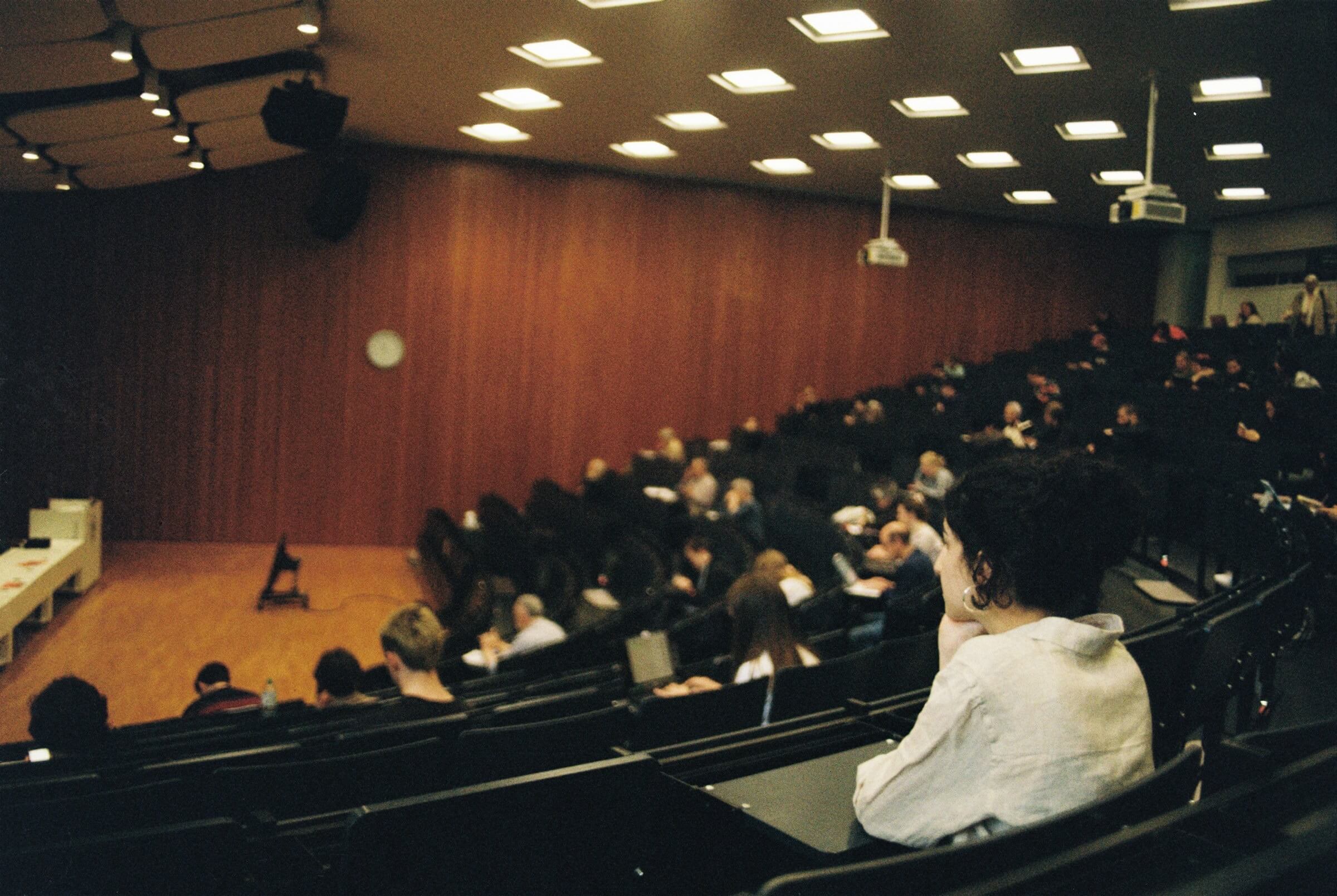In this post we discuss how dual-track idea can be used to address the inefficient energy sector, a key problem for the future of Ukraine. Households will sort into plans based on their current consumption of gas. Some household may end up paying the price they face now, thus reducing the opposition to bringing gas prices to the market level.
One year has passed since the Maidan movement deposed President Yanukovych. In many ways, Ukraine is a different country. But modernization of the country has barely begun. Indeed, there is a growing feeling that reforms in Ukraine do not go as fast as the people desire. This dissatisfaction with the pace of reforms often leads to conclusion that the reforms should be done as a “big bang” to break the forces that oppose the reforms. Indeed, the Georgian and Polish experience with radical changes concentrated in time are cited as examples of successful transition from a bad equilibrium (in the case of Poland it was a planned economy, in the case of Georgia it was a deeply corrupt economy) to a good equilibrium characterized by robust economic growth. Yet, perhaps the most successful experience of reforms is the one in China, which adopted a “dual-track” approach to reforms.
In a nutshell, the Chinese path was to continue using the plan as the backbone of the economy but allow a liberal, market track in all sectors of the economy. This prevented economic disruption, giving time to the market track to expand while the relative size of the planned economy was shrinking. As a result, the Chinese economy did not have the familiar U-shaped dynamics of output during its transition. In contrast, Poland and other post-communist countries in Eastern Europe had significant output falls of over 10% early in the transition to the market economy.
Why was China’s transition so smooth? In a classic study, Lau, Qian, and Roland (2000) highlight several important elements.
First, reforms have redistributive effects, involving gains for some and losses for others. Economic theory suggests that by itself this redistribution is not a problem because the efficiency gain make it possible for the winners to compensate the losers with a system of transfers. In practice, such transfers are very difficult to establish because taxes to finance these transfers are distortionary, because it is difficult to estimate the exact sums to allocate to losers, and because it is difficult to commit to pay those transfers for a sufficiently long period of time. Consequently, efficiency gains from reforms may not be realized because losers can fervently resist reforms. The dual-track approach addresses this problem by allowing the losers to keep their rents, at least for some time, while giving breathing space to potential winners. Because the old rents are maintained, there is no need to buy out bureaucrats, workers, business owners, etc. through explicit transfers from the rest of the society, and therefore it is easier to push reforms through and ensure that they are not reversed later. In other words, the dual track approach minimizes opposition to reforms ex ante and maximizes opposition to reforms ex post. This dimension is important in Ukraine now: vested interests are strong and the current government struggles with neutralizing parties that will lose in the process of liberalization.
Second, the dual-track approach involves modest informational requirements because the old way of doing things continues to operate, while one simultaneously experiments with alternative forms of doing and regulating business. In contrast, big-bang approaches often wrestle with how to design and implement a new regulatory environment since everything should be done from scratch. Indeed, the blueprints of reforms often differ drastically from the actual reforms implemented. This consideration would be useful in the current environment in Ukraine: everybody knows where Ukraine should be (in the E.U.) but few know how to get Ukraine there.
Third, the dual-track approach avoids disruption, maintaining a stable level of output in the national economy, and preserving social cohesion. Intuitively, the whole idea of dual track is to keep the status quo to a large extent and to avoid creating losers. The same idea is behind grand-parenting clauses often used in making transitions from one regime to another. For instance, in a dying industry (Ukraine’s “coal mining”), new workers may be paid less than the current workers (incumbents), which reduces the opposition of the current workers to reforms but the incumbents will eventually leave the industry through normal attrition and thus the opposition will vanish eventually. In a polarized society like Ukraine, this approach can sidestep many thorny issues associated with redistribution of economic power and benefits.
There are many ways the dual-track idea be implemented in the context of Ukrainian reforms. In this post, we discuss how it can be used to address the inefficient energy sector, a key problem for the future of Ukraine.
Consumption of energy is grossly subsidized. The current price of natural gas for households—accounting for 1/3 of total consumption of natural gas in Ukraine—is about $80 per 1000 of cubic meter (tcm). In contrast, Naftogaz, the government-owned monopoly in charge of importing and distributing gas in Ukraine, pays more than $300/tcm. Clearly, the subsidy is a huge burden on the country’s budget and a source of large distortions. However, it is remarkably hard to remove the subsidy because so many households and firms depend on the cheap price.
What matters for the allocation of resources is the price households pay for the marginal cubic meter of gas. The “sticky point” for the households is the total bill: it would be a shocker to pay $300/tcm on all consumed gas. The dual-track way to resolve this problem is to offer households tiered plans.
Ukrainian households could be offered the choice between different plans.
For example:
- the first plan is a two-tiered tariff where the first, e.g., 1000 cubic meters is offered at a below-market price (say $80/tcm), while every cubic meter above this threshold is charged at the market price;
- the second plan could be such that the first, e.g., 3000 cubic meters is offered at a below-market price (say $150/tcm) and again every cubic meter above 3000 is charged at the market price;
- the third plan could have the threshold at 5000 cubic meters at the price of $200/tcm and every additional cubic meter sold at the market price.
This range of plans will create multiple tracks (in the simplest case it could be two tracks). Households will sort into plans based on their current consumption of gas. Some household may end up paying the price they face now, thus reducing the opposition to bringing gas prices to the market level. Note that this approach has only a light administrative burden and does not require an overhaul of how safety net subsidies are distributed in Ukraine.
Most importantly, these plans create strong incentives to economize on gas because at the margin the households pay the high market price. One can further strengthen the incentives by scheduling decreases in the thresholds over time. For example, the threshold for each plan can be scheduled to shrink by, say, 5 percent every quarter so that after approximately three years the thresholds are reduced by 50 percent. A similar approach can be used to improve consumption of central heating and water.
In summary, this approach has the desirable properties of the dual-track approach: some households can hold on to their subsidies for some time; there is minimal disruption to how the market operates and economic efficiency obtains while overcoming potential opposition to efficiency changes.
The government is already making steps in this direction but the lack of communication about the tiered tariffs creates unnecessary confusion and opposition. Furthermore, while almost all households using gas for heating have meters, about 5 million households that use gas for cooking and heating water do not have gas meters (some calculations suggests that household without meters overpay for the gas they consume) and so it is not possible to charge these households the market price at the margin. To address this issue, the government can set up a program that subsidizes installing meters. Funding for such a program can come from the World Bank or other agencies that are helping Ukraine with its reforms.
In further posts, we will give other examples of how the dual-track principle can be applied. If it could already be used to urgently reform the energy sector in Ukraine, it would be an important first step to modernize the ailing Ukrainian economy.
Attention
The authors do not work for, consult to, own shares in or receive funding from any company or organization that would benefit from this article, and have no relevant affiliations




